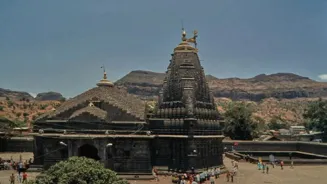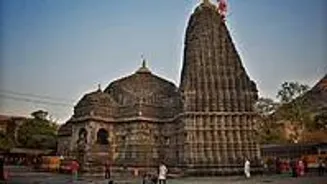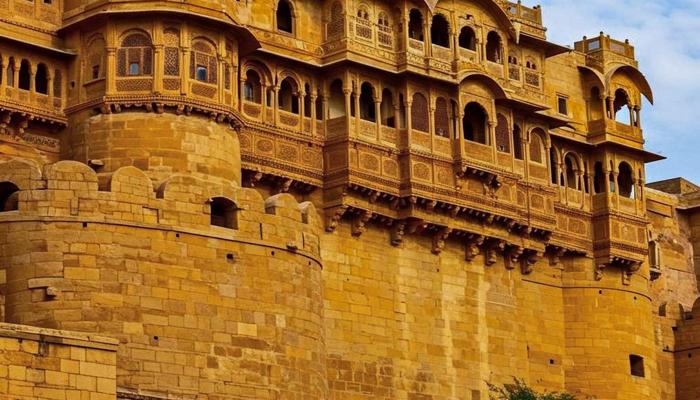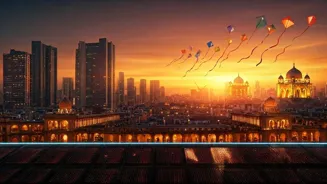Located right in the Nashik district of Maharashtra, Trimbakeshwar Jyotirlinga is a famous temple that is steeped in rich history, mystery, myth and divine
power. Also referred to as one of the mysterious jyotirlinga, the temple is dedicated to Lord Shiva. But those who want to explore the stories and lore associated with the temple, the sacred site is believed to be a gateway to cosmic truths and ancient legends. Unlike other Jyotirlinga nestled in India, Trimbakeshwar features three lingams – Brahma, Vishnu, and Shiva that symbolise the power of creation, destruction and preservation. These are not just statues placed side by side, but three formations in a sacred pit. This is the place where Lord Brahma is actively worshipped, despite he was cursed to be temple-less.
So why is Lord Brahma worshipped here?
Legends associate his presence with the origin of the Godavari River. It is said that the river emerged from Lord Shiva’s blessings in response to Sage Gautama’s penance. Another myth persists that it’s a forgotten form of Brahma and a cosmic secret hidden within the temple chambers. As the river is India’s second largest, it is believed to begin in Trimbak, but no one knows how. The river flows eternally even in drought.
Disappearing Lingam at the temple
What actually makes this lingam mysterious is that it is slowly sinking into the Earth, reducing in size over the years. This phenomenon has also led to speculations. It is believed that the result is the direct consequence of Kaliyuga, the current age of decline, where divine energies are retreating from the material world. Many believe that the lingam is being absorbed back into the cosmic source. Local lore also suggests that the Trimbakeshwar lingam changes gender every three years. This rare myth is linked to Brahma’s original feminine installation.
Also Read: 10 Unique Things about the Trimbakeshwar Temple
Divine pooja at the temple
Devotees from all across the country visit this temple to participate in the pooja to remove obstacles and karmic burdens. One of the important rituals here is the Kalsarp Dosh Puja, performed to deal with the ill effects caused by the planetary alignment of Rahu and Ketu. This puja also includes the intense chanting of the Panchakshari mantra “Om Namah Shivaya” and also helps cleanse Karmic imbalances.
The Narayan Nagbali puja performed at the temple addresses Pitru Dosha, which is a curse from ancestors to obstruct prosperity. The pooja involves Nag Devata and seeking forgiveness from the ancestors.
Another powerful ritual held at the temple is Tripindi Shraddha, which is conducted to pacify the ancestral souls. It also involves invoking the trinity – Brahma, Shiva and Vishnu to bring peace in the family.
If any individual is facing delayed marriages due to Mangal Dosh, the Kumbh Vivah, which involves marrying a clay pot, is believed to neutralise negative energies.
Lastly, the Rudra Abhishek puja is performed here, which is believed to be a grand offering of Panchamrit (made with milk, ghee, honey, curd, and holy water) to the Shiv Linga along with sacred chants.
Disclaimer: This article is based on popular beliefs. Times Now is not responsible for the accuracy or completeness of the information and facts provided here.















